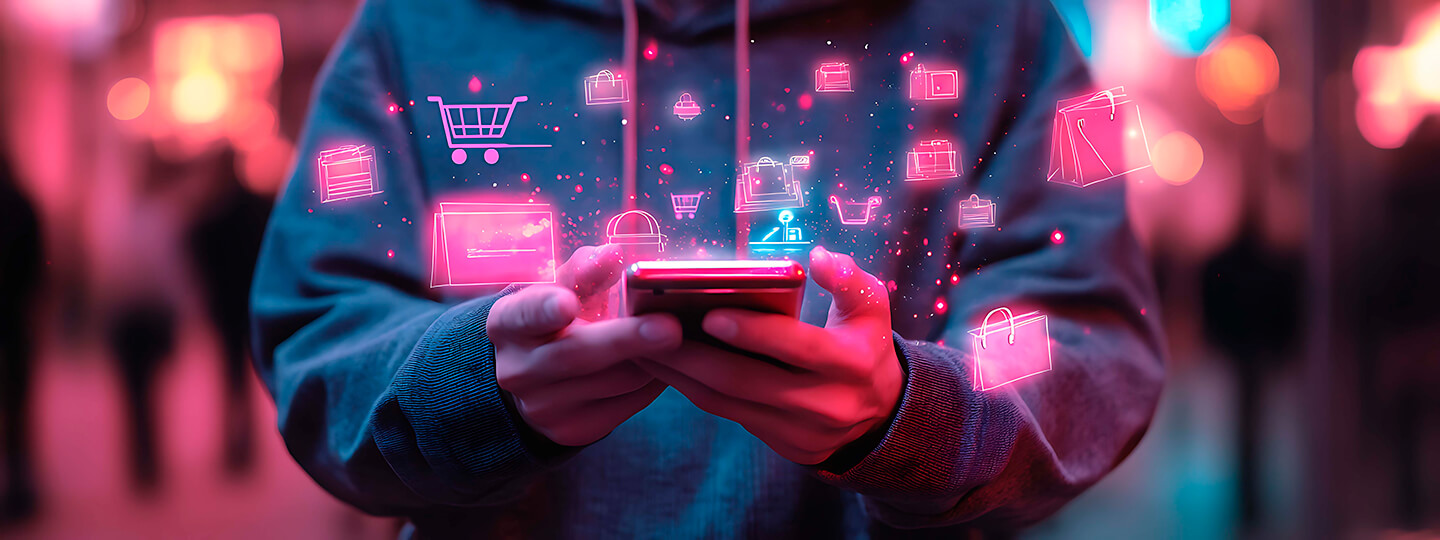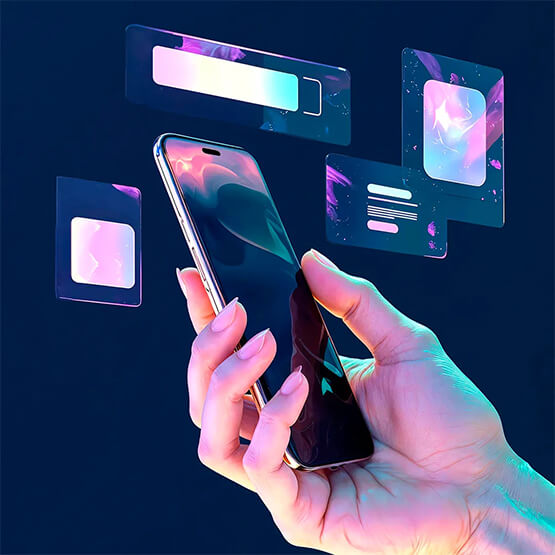Is It Worth Investing in Omnichannel?
Benefits and Challenges for Retailers
Omnichannel is no longer an option—it’s a necessity. Brands that fail to adapt will lose customers to those that do. Those who take the leap today will be ahead of the game.
Benefits and Challenges for Retailers
Today, consumers want a seamless shopping experience. Whether in a physical store or on their phone, they expect everything to work smoothly. This is where omnichannel comes in—it’s about integrating all sales channels to create the most frictionless experience possible. But is it worth the investment? As the CEO of the company I worked for before joining Ubiquo Labs as a partner used to say:
“Let’s look at real examples because this isn’t just theory.”
So…
Why Bet on Omnichannel?
- Happy Customers = More Sales. When customers can shop effortlessly across channels, they are more likely to return.
- Increased Revenue. Brands that implement well-executed omnichannel strategies see significant sales growth.
- More Efficient Inventory. Synchronizing product stock prevents shortages and optimizes logistics.
- Better Customer Insights. With an omnichannel strategy, more data is collected, allowing for personalized experiences and increased sales.
The Challenges of Omnichannel
- Investment in Technology. CRM, e-commerce, conversational commerce, automation bots, ERP-integrated inventories, webhooks… it all costs money, but the return can be worth it (I’ve seen companies multiply their sales thanks to a strategic implementation).
- Mindset Shift. Technology alone isn’t enough; the entire team must be trained to operate in an integrated way.
- More Complex Logistics. Ensuring that customers can buy online and pick up in-store without issues requires careful planning.
- Resistance to Change. Some traditional retailers cling to old methods and struggle to adapt to digital transformation (not even the pandemic was enough to convince some retailers to change).
Successful Omnichannel Examples
Nike
integrates its app, website, and physical stores so customers can reserve products and try them before purchasing.
Starbucks
Has a loyalty program that works seamlessly across all channels, allowing customers to earn and redeem points in-store or via the app.
Falabella (Latin America)
Has successfully integrated its physical stores with its e-commerce, enabling in-store pickups and hassle-free returns.
Electrónica Panamericana (Guatemala)
Has a well-established omnichannel strategy, combining e-commerce, physical stores, and digital assistance. Customers can shop online and pick up in-store quickly, or receive home delivery with an efficient logistics system. Additionally, they’ve implemented WhatsApp as an assisted sales channel, allowing customers to receive real-time advice and complete purchases directly with support from their customer service team.
Samsung Argentina
Has taken omnichannel to another level by merging digital sales with its official retailers. Through its platform Samsung.com.ar, the brand offers exclusive vouchers that retailers can provide when launching a bundled product. The innovation? These coupons can only be redeemed on Samsung’s website, driving customers into its digital ecosystem. With the retailer’s invoice and the coupon, customers complete the redemption process online and receive their product at home—seamlessly integrating physical retail and digital commerce into a single experience.
Elektra Guatemala
Has developed a highly efficient e-commerce platform that complements its conversational sales and physical stores. Customers can explore and buy products online, receive real-time assistance via WhatsApp and social media, and choose between home delivery or in-store pickup. Elektra also leverages its CRM to segment customers and offer personalized promotions based on their shopping habits, ensuring a smooth and effective omnichannel experience.
Pizza My Heart (California)
Has a chatbot named Jimmy the Surfer that allows customers to place orders and ask questions via Instagram and text messages, ensuring a smooth experience between digital and physical channels.
Condis (Spain)
Has integrated its CRM with an advanced personalization strategy. By analyzing purchase history, it customizes promotions for each customer. Additionally, it tracks how long a mass-consumed product lasts for each user and sends a timely reminder with a special discount before they run out. This approach has increased customer loyalty and repurchase rates.
Sephora
Uses AI chatbots to help customers find products, provide recommendations, and answer questions in real time.
How to Start with Omnichannel?
- Assess Your Business’s Current Position. Are you digitally integrated, or do you still operate traditionally?
- Define the Experience You Want to Offer. How do you want your customers to shop, and how seamless should their experience be?
- Invest in the Right Tools. From e-commerce platforms to chatbots for conversational sales, choosing the right technology is crucial (getting expert advice is recommended).
- Train Your Team. Technology alone isn’t enough—your team must understand how the new system works.
- Test, Measure, and Adjust. Nothing is perfect from the start, so continuous improvement is key.
Final Thoughts
Omnichannel is no longer an option—it’s a necessity. Brands that fail to adapt will lose customers to those that do. Those who take the leap today will be ahead of the game.
Are you going to wait or lead the change?















